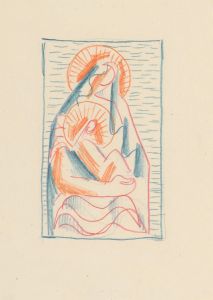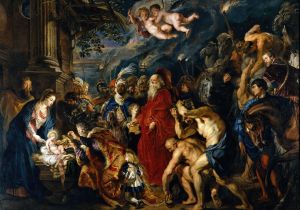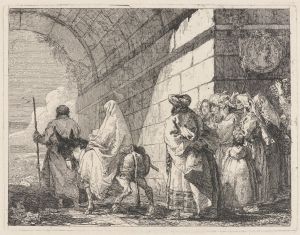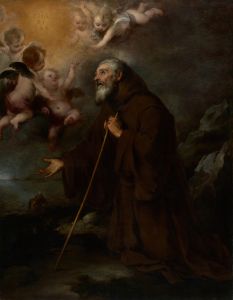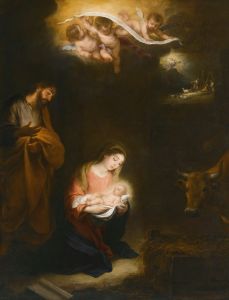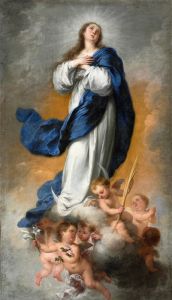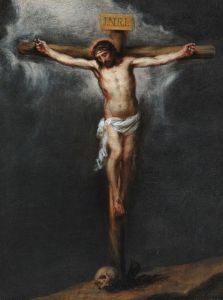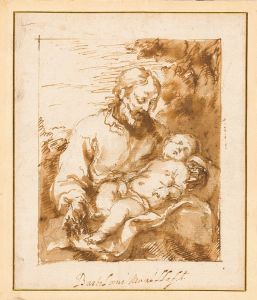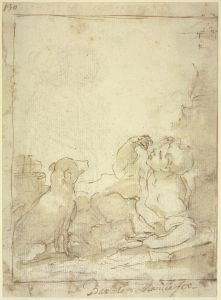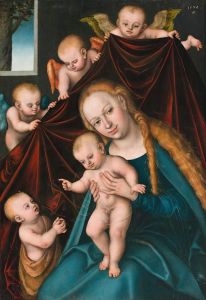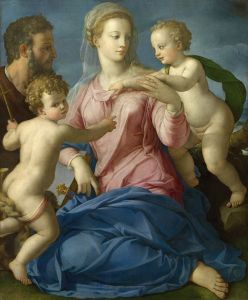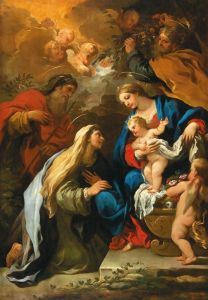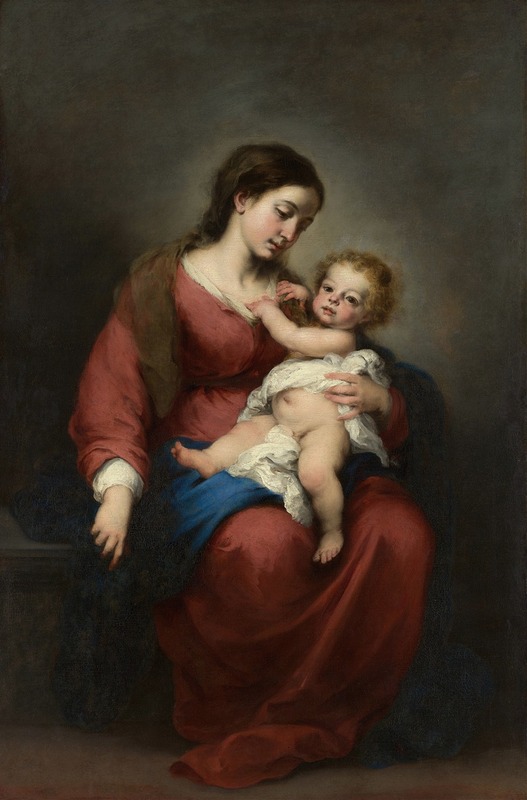
Virgin and Child
A hand-painted replica of Bartolomé Estebán Murillo’s masterpiece Virgin and Child, meticulously crafted by professional artists to capture the true essence of the original. Each piece is created with museum-quality canvas and rare mineral pigments, carefully painted by experienced artists with delicate brushstrokes and rich, layered colors to perfectly recreate the texture of the original artwork. Unlike machine-printed reproductions, this hand-painted version brings the painting to life, infused with the artist’s emotions and skill in every stroke. Whether for personal collection or home decoration, it instantly elevates the artistic atmosphere of any space.
Bartolomé Esteban Murillo, a prominent Spanish Baroque painter, is renowned for his religious works, among which "Virgin and Child" stands out as a significant piece. Murillo was born in 1617 in Seville, Spain, and became one of the most celebrated painters of his time, known for his ability to convey warmth and humanity in his religious compositions. His works often reflect the Counter-Reformation ideals, emphasizing piety and devotion, which were prevalent during his lifetime.
"Virgin and Child" is a recurring theme in Murillo's oeuvre, and he painted several versions of this subject throughout his career. These paintings typically depict the Virgin Mary holding the infant Jesus, capturing a tender and intimate moment between mother and child. Murillo's interpretation of this theme is characterized by his soft use of light and color, which imbues the scene with a sense of serenity and grace.
Murillo's "Virgin and Child" paintings are noted for their realistic yet idealized portrayal of the figures. The Virgin Mary is often depicted with a gentle, compassionate expression, embodying purity and maternal love. The infant Jesus is usually shown reaching out or looking up at Mary, symbolizing the divine connection between them. Murillo's skillful use of chiaroscuro, the contrast between light and dark, enhances the three-dimensionality of the figures and draws the viewer's attention to their faces, which are the focal points of the composition.
The backgrounds in Murillo's "Virgin and Child" paintings are typically simple and unobtrusive, allowing the viewer to focus on the interaction between the figures. This simplicity also serves to highlight the spiritual significance of the scene, as it removes any distractions that might detract from the central theme of divine love and devotion.
Murillo's work was highly influential during his lifetime and continued to be admired in the centuries that followed. His "Virgin and Child" paintings were particularly popular among patrons and collectors, both in Spain and beyond. These works were often commissioned for private devotion or as altarpieces in churches, reflecting their spiritual and artistic value.
In addition to their religious significance, Murillo's "Virgin and Child" paintings are appreciated for their technical excellence and emotional depth. His ability to convey the tenderness of the mother-child relationship, combined with his mastery of color and light, makes these works enduring examples of Baroque art.
Murillo's influence extended beyond his own time, impacting later artists who admired his ability to blend realism with idealism. His "Virgin and Child" paintings continue to be studied and appreciated for their artistic merit and their ability to convey profound religious themes in a relatable and human manner.
Overall, Bartolomé Esteban Murillo's "Virgin and Child" paintings are celebrated for their beauty, emotional resonance, and spiritual depth. They remain an important part of his legacy as one of the leading painters of the Spanish Baroque period, reflecting both his technical skill and his deep religious faith.





